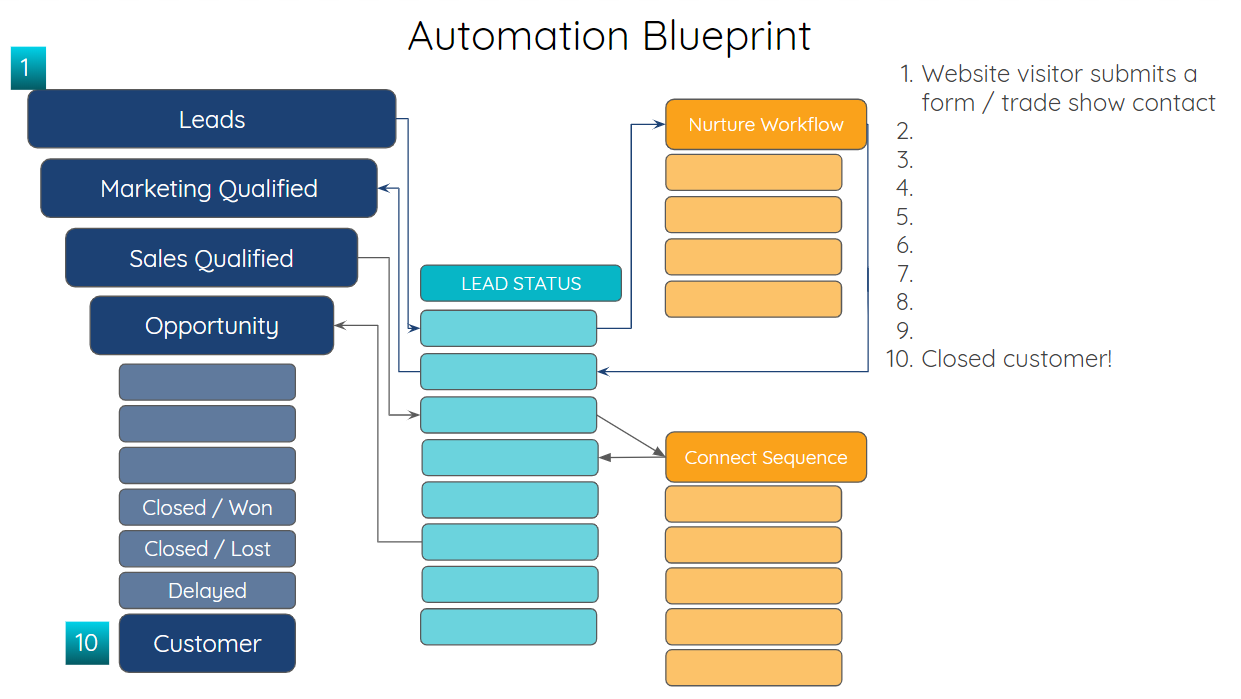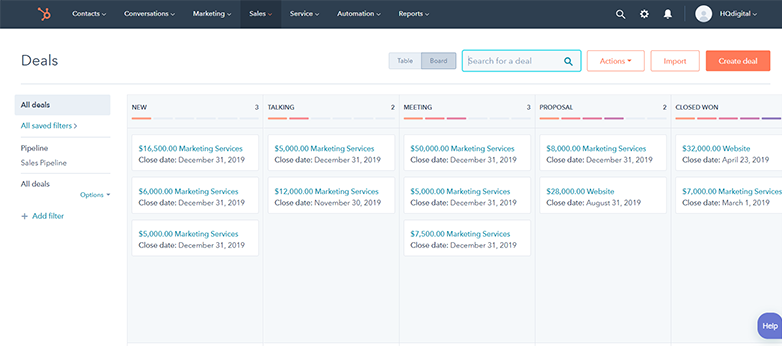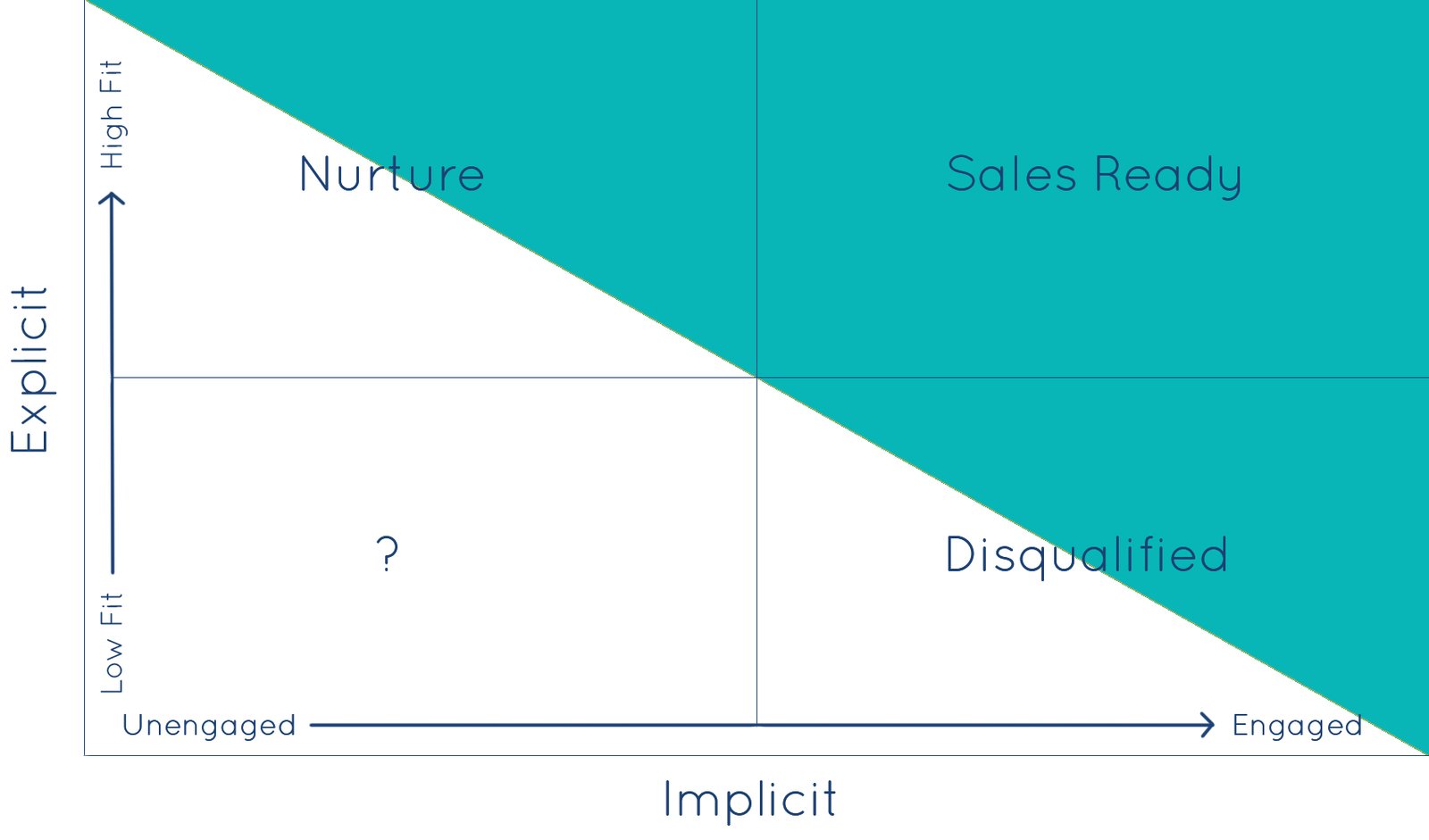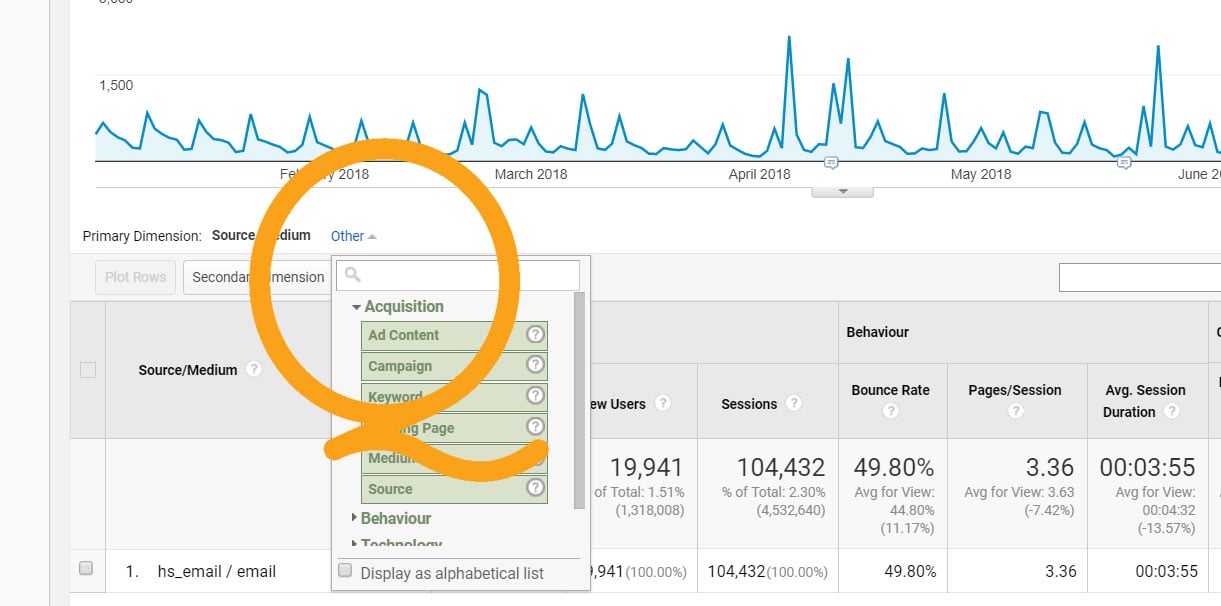 Smart marketers know that basic marketing metrics (traffic and engagement) on their own provide a narrow view, and only small piece of the puzzle. While useful for optimizing campaigns, they are not necessarily tied to larger business goals and objectives.
Smart marketers know that basic marketing metrics (traffic and engagement) on their own provide a narrow view, and only small piece of the puzzle. While useful for optimizing campaigns, they are not necessarily tied to larger business goals and objectives.
Analytics that matter to organization leaders and boards go beyond the basic number of leads generated per quarter or increases in lead conversions. Leads, opportunities, and customers are easy and obvious numbers to focus on, but more important are the metrics that allow companies to track, project and predict growth. This is particularly true when it comes to SaaS (and IaaS, PaaS, FaaS) companies and others with a subscription-based pricing model.
Chances are, you're already familiar with Monthly Recurring Revenue (MRR). This is a number that investors care about, which means it is a number that companies care about, which means it is a number that marketers care about. MRR, however, is just scratching the surface of revenue metrics that matter and must be measured.
We take a look here at a number of formulas that help turn basic marketing metrics into advanced measurements that CEOs, boards, and investors care about, and that all SaaS marketers should know. We've broken these metrics out into two broad categories: value of the customer and customer churn.
Value of a Customer
Understanding the cost to acquire a customer, the lifetime value of a customer, and the ratio between the two is at the heart of effective marketing spends and strategies. If one channel generates customers at half the cost of another, but the lifetime value is equal, then there is an obvious choice when it comes to maxing out your spend in a specific channel.
Let's quickly look at how we calculate the cost of acquiring a customer and the lifetime value of a customer - and also what we can learn from looking at these metrics.
Customer Acquisition Cost (CAC)
[(All Sales Expenses + All Marketing Expenses) / Number of New Customers]
This metric, CAC, is fairly straightforward - how much does it cost to acquire a new customer? Careful inspection of this metric can highlight inefficient marketing tactics and sales strategies. Logically, you should be investing in the marketing initiatives that provide the lowest CAC. Often, companies are able to identify channels with lower CAC and then work to produce more leads in those specific areas. Be sure to also consider the amount of time and internal resources involved when calculating the total cost of acquisition.
Customer Lifetime Value (LTV)
[Average Revenue per User (ARPU) / Monthly Churn Rate]
What is the lifetime value of a customer? It's surprising how many organizations struggle to answer this question. This number, LTV, represents the total sale - the total amount of revenue, on average, produced by a single customer. To arrive at that number, find your average revenue per user (ARPU) and divide by your monthly churn rate.
When you are comparing channels and lead sources, pair this number with CAC to ensure you're focusing not just on the lowest cost-to-acquire channels, but also on the ones that produce customers with the highest lifetime value. Consider the table below. Which channel is delivering the highest ROI?
| Channel | LTV | CAC |
| Paid LinkedIn | $1,267 | $491 |
| Paid Facebook | $831 | $534 |
| Paid Google | $1,154 | $397 |
| Retargeting | $886 | $240 |
LTV to CAC Ratio
[Lifetime Value / Customer Acquisition Cost]
If you polled a group of investors, the LTV to CAC ratio is the number they'd care about most, as it represents the the cost to acquire a typical customer and how much that customer is worth to the business. SaaS companies aim to have a LTV to CAC ratio that is higher than three (3), meaning that the value of a customer is at least three times that of the cost to acquire them.
Think about this more for a second. This can provide an answer the age old question of "how business can I generate if I spend $100?" If your LTV to CAC ratio is 3, the answer would be $300 in business generated for every $100 spent.
"LTV:CAC is essential since it demonstrates the value of our acquisition dollars over time. While we aim to achieve a high immediate ROAS the real value for our acquisition strategy is to produce recurring revenue which can only be quantified by LTV."
- Par Gandhi, VP Marketing at A Cloud Guru
Now, back to our example. Adding in the values for LTV to CAC ratio, we see clearly that the highest-value customers are coming from retargeting efforts, getting back in front of prospects after they have become familiar with the brand, products, and services.
| Channel | LTV | CAC | Ratio |
| Paid LinkedIn | $1,267 | $491 | 2.58 |
| Paid Facebook | $831 | $534 | 1.56 |
| Paid Google | $1,154 | $397 | 2.91 |
| Retargeting | $886 | $240 | 3.69 |
Customer Churn Formulas
Churn metrics are measured as a percentage and they benefit or suffer from compound interest. This is why even small changes in churn metrics can have a huge impact on your revenue and growth. It's also why many companies track these numbers on a near daily basis.
For subscription-based revenue models, at the core of your churn measurements is your subscriber churn rate. This is a calculation of the number of your subscribers today, divided by the number of subscribers you had one month ago. A healthy churn rate is around 5-7% annually (which translates to between 0.45% and 0.55% monthly). A negative number would indicate that you are losing more customers than you are gaining!
A number of factors, including your subscription model and overall price point, are going to influence which other churn metrics are essential for you to track. We've broken out a few useful ones below.
MRR Churn %
[Churned MRR / Previous Month's MRR]
This metric is defined as lost revenue due to churned customers as a percentage of total recurring revenue. Establishing this number is essential to accurate forecasting and projections, as it allows you to know the percentage of your revenue you can expect to lose due to customers leaving you month-to-month. Keep in mind that this number may be vastly different for customers based on factors such as the original lead source or industry vertical.
Account Churn Rate (ACR)
[(# Customers at Start of Month - # Customers at the End of Month) / # Customers at Start of Month]
Account churn provides visibility into both the number and percentage of customers that are leaving you. By omitting the relative weight, it prevents a scenario where several larger accounts are hiding deeper-rooted pipeline and revenue problems. It's dangerous to end up in a situation where all of your revenue is coming from just a few customers.
Sales and marketing teams should also focus on this number because it represents the potential number of win-back opportunities, helping guide where they can maximize effort and resources.
Revenue Churn Rate (RCR)
[((MRR at Start of Month - MRR at End of Month) - MRR in Upgrades During Month) / MRR at Start of Month]
Also known as net revenue lost, your RCR is a way to track the percentage of revenue you have lost from existing customers in a specific month. This one can be tricky, as positive numbers are actually bad, and negative numbers are good.
Revenue Renewal Rate
[(MRR Up for the Renewal at Beginning of Month - MRR Not Renewed at the End of Month)/MRR Up for Renewal at Beginning of Month]
Your revenue renewal rate describes the percentage of MRR that you secured out of the total potential amount. In fast-growing SaaS companies, this number may be over 100% if a significant number of accounts not only renew, but also purchase additional seats or services.
When calculating renewal rates, it's important to consider how the length of each contract will affect churn in a given period of time. In many organizations, a significant number of annual renewals may all occur in the same month or quarter.
Analyzing SaaS Formulas
In order to improve sales and marketing revenue and ROI, first establish a baseline for these metrics, then start digging into your data to analyze.
These advanced metrics are critical to gaining insight into and even defining the relationships between marketing, sales, and revenue. Calculating, reporting, and analyzing these numbers often requires pulling data from multiple streams or systems, including marketing, CRM, and accounting data. Having the right tech stack and visibility is key.
There are dozens of other useful ways to consider these metrics, please share others that you track and utilize!








